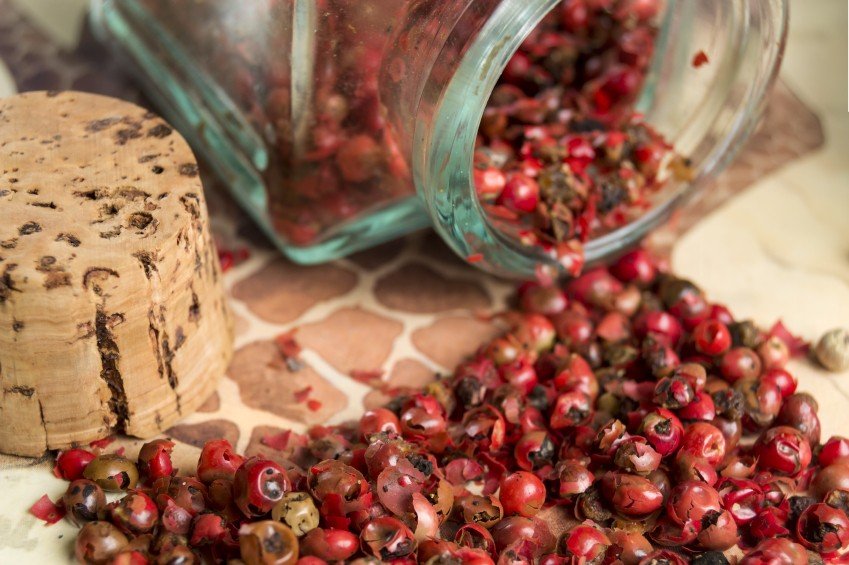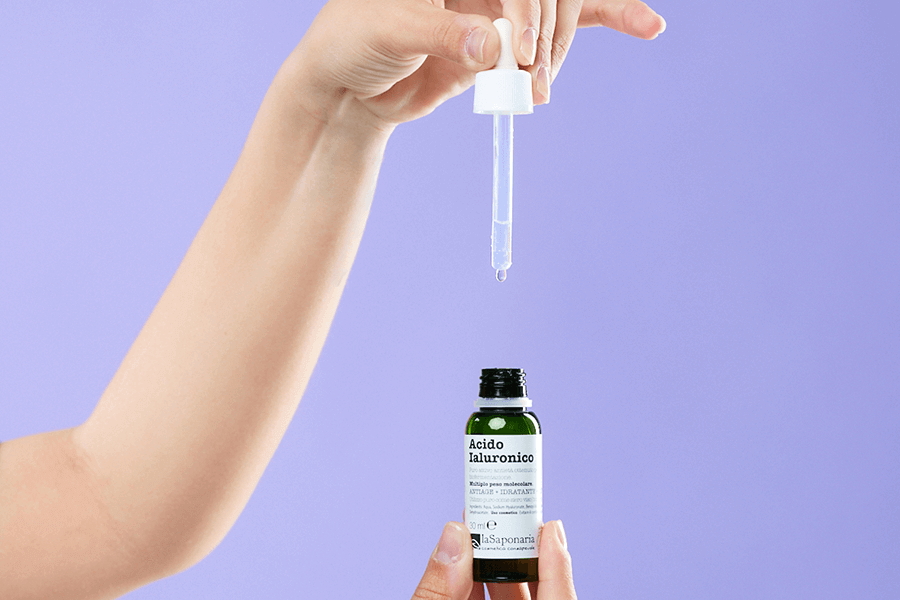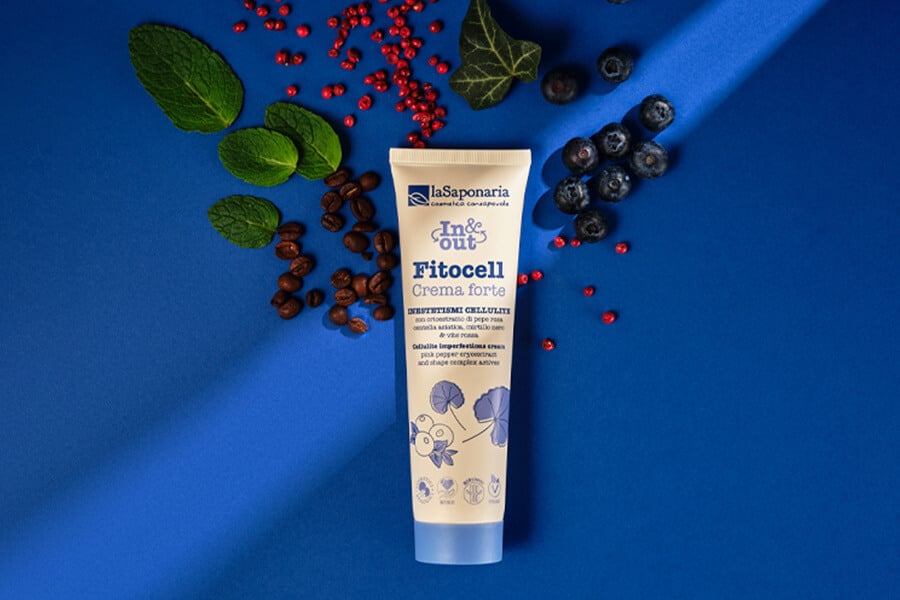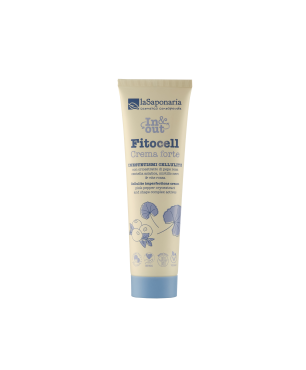- Call us! +390721 911004
- Write a message
- Whatsapp +39 377 3844777
- Become a reseller
- Test and E-book
- Location and contacts
-
MenuBack
-
Organic cosmetics
-
-
space
-
-
-
-
-
-
-
Christmas Gift
-
-
Skin care
-
Hair care
-
Body Care
- Christmas gift
- Routines
-
DIY
-
-
space
-
-
-
-
-
-
PRODUCTION TOOLS
-
-
DOWNLOAD THE RECIPES
-
-
-
Organic library
-
-
BEAUTYBLOG
-
-
-
GLOSSARY
-
-
-
DO-IT-YOURSELF RECIPES
-
-
-
TEST AND E-BOOK
-
-
About us
-
-
space
-
-
-
-
-
PHILOSOPHY
-
-
-
NATURAL COSMETICS
-
-
-
FLAGSHIP STORES
-
-
-
Sustainability
-
-
space
-
-
-
BENEFIT COMPANY
-
-
-
ETHICAL CHAIN
-
-
-
SUSTAINABLE PACKAGING
-
-
-
SUSTAINABILITY IN THE COMPANY
-
-
-
Supported projects
-
NOTICES AND AWARDS
-
-
-
Business Area
-
-
space
-
-
-
OPEN A FLAG SHIP STORE
-
-
-
BECOME A RESELLER
-
-
-
PRIVATE LABEL
-
ACCOMMODATION FACILITIES
-
-
-
RESELLERS LOGIN
-
-
-
Resellers
-
-
RESELLERS RESOURCES
-
-
-
OPEN A FLAGSHIP STORE
-
ACCOMMODATION FACILITIES
-
PROMOTIONAL MATERIAL
-
-
-
RESELLERS NEWS
-
REGISTER YOUR SHOP
-
-
-
BODY CARE LINE 2025
-
-
-
CHRISTMAS GIFT
-
-
- Store locator
Pink Pepper

INCI NAME:
Schinus Terebinthifolia Seed Extract
ORIGIN:
Vegetal
FUNCTION:
Lipolytic, vasotonic, stimulating

This is an automatic translation
Pink pepper, also known as "false pepper", is actually not really pepper. In fact, unlike black, white and green pepper, which are the fruits (differently processed) of Piper nigrum, pink pepper is the fruit of an evergreen tree called Shinus molle, originally from Latin America. The fruit that comes from Shinus molle has the characteristic pink color and very similar in shape to a pepper berry, for this reason it is commonly called pink pepper or false pepper, although it has a completely different and much more delicate and sweet taste.
The oil obtained from this fruit is liquid, yellow in color and has the characteristic smell of pepper. Pink pepper oil is used, 100% of vegetable origin, obtained by extraction from supercritical CO2, from which the name Crioestratto derives. That is, carbon dioxide is used at certain temperature and pressure conditions to allow the cold extraction of all the active ingredients present in the raw material without being altered by the action of heat, which is essential in classic extraction techniques.
On the other hand, the pink pepper extract acts effectively on fatty deposits. Fat deposits increase as the differentiation of pre-adipocytes into mature adipocytes increases. The genesis of adipocytes involves various reactions: the first consists in the storage of fats through a protein called Adipophyllin, which allows the formation of small lipid "droplets"; the second maturation reaction of the adipocytes is characterized by the intake of fat by a protein called Perilipin, which allows the formation of large lipid droplets. Pink pepper extract acts by reducing the synthesis of Perilipin with consequent reduction of lipid storage in the adipocyte and compromising the protection of lipid droplets thus facilitating lipolysis. It also prevents the accumulation of fats which characterizes the second step of adipocyte differentiation.
It also has marked tonic and stimulating properties of the microcirculation.

























